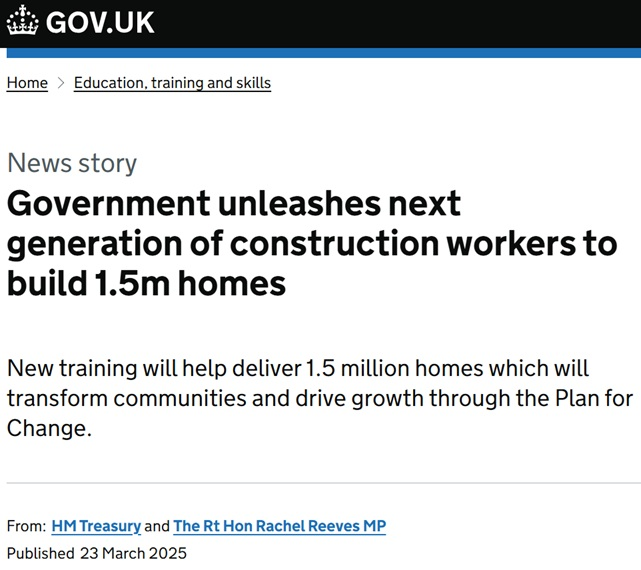Construction output in April 2021 was 2.0% lower than March's recent peak (that was above pre-Covid-19 levels). Comparisons with a year ago are irrelevant given April 2020 was the nadir during the initial lockdown but...
#ukconstruction #construction
ons.gov.uk/businessindust…
#ukconstruction #construction
ons.gov.uk/businessindust…

... as a more appropriate reference point construction output in April 2021 was 0.4% lower than in January 2020, pre-Covid-19 so it remains a 'V'-shaped recovery for construction output so far compared with a 'W'-shaped recovery for UK GDP...
#ukconstruction #construction
#ukconstruction #construction

Looking how the key sectors have evolved since January 2020, pre-Covid-19, there remains a distinct difference between the sectors in which activity is considerably higher than pre-Covid-19 (private housing rm&i & infrastructure), in contrast to...
#ukconstruction #construction
#ukconstruction #construction

... the sectors in which activity in April 2021 remained considerably below pre-Covid-19, levels. Note monthly output data are often revised later so don't be surprised if the ONS ends up revising private housing & rm&i in April 2021 upward...
#ukconstruction #construction
#ukconstruction #construction

Infrastructure output in April 2021 was 10.9% higher than in March & 18.3% higher than in January 2020 due to major projects (HS2, Hinkley Point C, Tideway) & long-term frameworks in water, energy, roads, rail with 5-year spending plans & certainty of funding &...
#ukconstruction
#ukconstruction

... & despite ONS reporting that private housing rm&i output fell 7.1% in April 2021 (but expect it to be revised upward as most firms in the sector say activity in April was in line with March's), output in April 2021 remained 10.8% higher than pre-Covid-19...
#ukconstruction
#ukconstruction

... & ONS also reported that private housing output fell 11.1% in April 2021 (but expect it to be revised upward as house builders say activity in April was in line with March's). According to ONS, private housing output in April was 11.8% lower than pre-Covid-19...
#ukhousing
#ukhousing

... & ONS reported that commercial (offices, retail & leisure) output in April 2021 was 6.2% lower than March & 15.9% lower than pre-Covid-19. Commercial output rose between January 2021 & March in advance of the easing of social distancing restrictions, which...
#ukconstruction
#ukconstruction

... meant a short-lived increase in primarily fit-out work on existing commercial buildings, preparing offices, retail & leisure for use/reuse as restrictions ease but there remain relatively towers projects in the pipeline to replace those finishing...
#ukconstruction
#ukconstruction

... whilst industrial (factories & warehouses) output in April 2021 was 0.7% higher than in March but 28.9% lower than pre-Covid-19 according to ONS. Warehouses construction continues to enjoy a 'boom' period, buoyed by high internet spending demand but...
#ukconstruction
#ukconstruction

... factories construction remains subdued as the pipeline of new projects, to replace those finishing, is reliant on large upfront investment decisions by manufacturers for a long-term rate of return, which have been difficult to justify in the last 12 months.
#ukconstruction
#ukconstruction

@threadreaderapp unroll
• • •
Missing some Tweet in this thread? You can try to
force a refresh






















